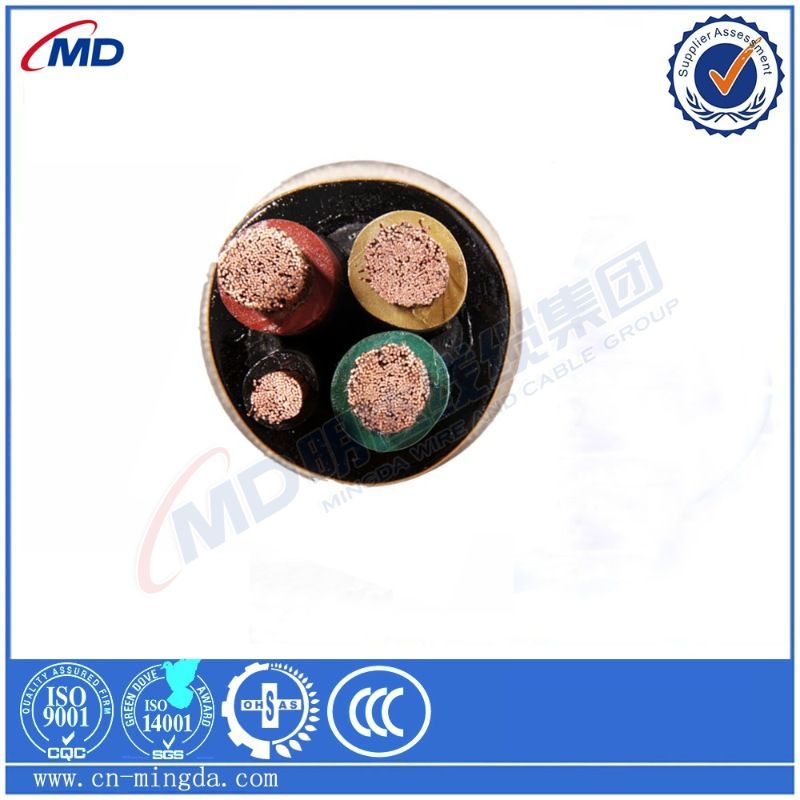10 月 . 22, 2024 02:37 Back to list
Y Strainer ANSI 150 Specifications and Applications for Efficient Fluid Control Systems
Understanding Y-Strainers ANSI 150 Standards Explained
In industrial applications, maintaining the integrity of fluid systems is critical for ensuring efficient operation and long-term reliability. A crucial component often overlooked in this context is the strainer, particularly the Y-strainer type, which plays a vital role in filtering out debris and contaminants. This article will dive deep into Y-strainers, their design, applications, and the significance of the ANSI 150 standard.
What is a Y-Strainer?
A Y-strainer is a mechanical device used in piping systems to filter out solid particles from liquid or gas flow. Named for its shape, the Y-strainer effectively captures unwanted debris, preventing it from entering critical components such as pumps, valves, and heat exchangers. By doing so, it helps maintain the efficiency and longevity of these systems.
Y-strainers are especially popular in various industries, including water treatment, chemical processing, power generation, and food and beverage. Their design includes a mesh or perforated screen that catches impurities while allowing the fluid to flow through efficiently. Depending on the application, strainers can be constructed from various materials, including stainless steel, bronze, and plastic, ensuring they are suitable for different operating environments and fluid characteristics.
ANSI 150 Standard
The American National Standards Institute (ANSI) establishes guidelines for equipment and components used in piping systems, ensuring consistency, safety, and compatibility. The ANSI 150 standard pertains to the pressure-temperature rating for pipe flanges and fittings, which includes Y-strainers.
Y-strainers designed to meet ANSI 150 specifications are engineered to operate at a pressure of up to 150 psi (pounds per square inch) at a designated temperature. This standard is crucial as it determines the mechanical properties, suitable applications, and limits of the strainer.
Importance of Y-Strainers in Fluid Systems
1. Protection of Equipment One of the primary functions of Y-strainers is to protect downstream equipment from damage. By filtering out contaminants, Y-strainers help prevent the clogging of pumps and valves, thereby reducing maintenance costs and extending the lifespan of these components.
2. Improved Efficiency Strainers enhance the overall efficiency of fluid systems. By ensuring that only clean fluids pass through, they help maintain optimal flow rates and system performance.
3. Cost-Effective Maintenance Regularly using Y-strainers minimizes the risk of costly downtime associated with equipment failure due to contamination. They are easier and more economical to clean or replace compared to repairing damaged equipment.
y strainer ansi 150

4. Versatility Y-strainers are versatile and can be used in various applications across different industries. They can handle different types of fluids, including water, oils, and chemicals, making them adaptable to numerous operational needs.
5. Ease of Installation and Maintenance Y-strainers are generally straightforward to install and maintain. They can easily be integrated into existing piping systems, and their design allows for easy access to the straining element for cleaning or replacement.
Choosing the Right Y-Strainer
When selecting a Y-strainer for a specific application, several factors must be considered
1. Material The construction material should be compatible with the fluid being transported, ensuring resistance to corrosion and wear.
2. Screen Size The mesh size should be chosen based on the type and size of contaminants expected in the system. A finer mesh will filter out smaller particles but may require more frequent cleaning.
3. Flow Rate The strainer must be capable of handling the system's maximum flow rate without causing significant pressure drops.
4. Operating Conditions Consideration of the operating temperature and pressure is essential to ensure compliance with ANSI 150 standards.
5. Installation Space The design of the Y-strainer should fit the available space in the piping layout and allow for easy maintenance access.
Conclusion
In summary, Y-strainers are invaluable components in maintaining the efficiency and longevity of fluid systems. Their ability to filter out unwanted debris significantly reduces the risk of equipment failure while improving overall system performance. By adhering to ANSI 150 standards, Y-strainers ensure safe and reliable operation across various industrial applications. Choosing the right Y-strainer involves careful consideration of materials, flow rates, and operating conditions, ultimately leading to enhanced system reliability and cost savings. In an era where efficiency and reliability are paramount, investing in quality Y-strainers is a decision that pays dividends in the long run.
Share
-
Understanding the Differences Between Wafer Type Butterfly Valve and Lugged Butterfly ValveNewsOct.25,2024
-
The Efficiency of Wafer Type Butterfly Valve and Lugged Butterfly ValveNewsOct.25,2024
-
The Ultimate Guide to Industrial Swing Check Valve: Performance, Installation, and MaintenanceNewsOct.25,2024
-
Superior Performance with Industrial Swing Check Valve: The Essential Valve for Any SystemNewsOct.25,2024
-
Industrial Swing Check Valve: The Ideal Solution for Flow ControlNewsOct.25,2024
-
You Need to Know About Industrial Swing Check Valve: Functionality, Scope, and PerformanceNewsOct.25,2024